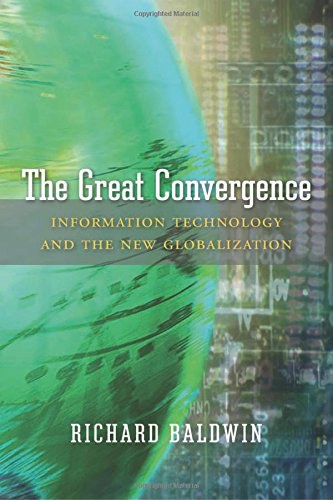
TheGreatConvergence
[ 经济 ]
1
0
推荐者:百科书库 2023-04-04 13:02:30
本书简介
- 作者:RichardBaldwin
- 出版社:BelknapPress:AnImprintofHarvardUniversityPress
- 副标题:InformationTechnologyandtheNewGlobalization
- 出版年:2016-11-14
- 页数:344
- 定价:USD29.95
- 装帧:Hardcover
- ISBN:9780674660489
Between 1820 and 1990, the share of world income obtained by wealthy nations today skyrocketed from 20% to almost 70%. However, since then, this share has significantly dropped to the same level as the year 1900. This new shift in fortune reflects a new era of globalization that drastically differs from the old, as explained by Richard Baldwin. In the 1800s, globalization experienced a significant leap, triggered by steam power and international peace that reduced the cost of moving goods across borders. This, in turn, led to a self-sustaining cycle of industrial agglomeration and growth that propelled the rich nations of today to dominance, known as the Great Divergence.
However, the new globalization is driven by information technology, which has radically reduced the cost of moving ideas across borders. This has made it practical for multinational firms to move labor-intensive work to developing nations. But to keep the entire manufacturing process in sync, these firms also shipped their marketing, managerial, and technical know-how abroad alongside the offshored jobs. This new possibility propelled the rapid industrialization of a handful of developing nations, the simultaneous deindustrialization of developed nations, and a commodity supercycle that is only now petering out, resulting in the Great Convergence.
The current globalization is now driven by fast-paced technological change and the fragmentation of production, leading to a more sudden, selective, unpredictable, and uncontrollable impact. The Great Convergence shows that the new globalization presents rich and developing nations with unprecedented policy challenges in their efforts to maintain reliable growth and social cohesion.
作者简介
RichardBaldwinisProfessorofInternationalEconomicsattheGraduateInstitute,Geneva,andPresidentoftheCentreforEconomicPolicyResearch(CEPR),London.
相关推荐
宏观经济学(第九版)
本书是美国畅销的经济学教科书之一,在全世界有着重要的影响。本书的语言简洁明快、清晰易懂,内容深入浅出,几乎涵盖了当代宏观经济学的所有主要领域,并准确、公正地介绍了在经济学界达成共识的主要观点,以及存在 [美]N·格里高利·曼昆 2023-04-04 13:29:11经济增长的迷雾
这是一本由高层推荐的关于经济增长理论的权威著作!阅读本书能够更深刻地领悟供给侧结构性改革的真谛,即把激励搞对、激发各类经济主体的积极性,以新的增长动力推动社会大发展和大繁荣。美国知名经济学家威廉·伊斯 [美]威廉·伊斯特利 2023-04-04 13:30:12货币的祸害
《货币的祸害:货币史上不为人知的大事件》再现了从雅浦岛上的石币到现代纸币各种货币现象,并分析了现代信用货币制度的原则及存在的问题。尤其强调了货币如何引发或加深通货膨胀。作者截取了历史片段,揭示了对货币 米尔顿·弗里德曼(MiltonFriedman) 2023-04-04 13:30:56策略思维
本书以讲故事取胜。其学术根源源于普林斯顿大学公共与国际事务学院迪克西特教授所开设的“策略博弈”课程。这种博弈本质上是一种了解对手战胜你的打算,并成功地应对的艺术。本书内容涵盖众多主题,如如何打赢一场网 阿维纳什·K·迪克西特/巴里·J·奈尔伯夫 2023-04-04 13:31:58数据时代的经济学:对网络智能时代机遇和风险的再思考
本书以经济学为视角,对互联网经济的发展之路进行了有前瞻性的展示。本书包含以下几个方面的内容:1.罗纳德·科斯的制度经济学理论是如何影响了整个互联网经济的制度框架设计的;2.数字经济这个概念对生产性消费 唐·泰普史考特(DonTapscott) 2023-04-04 13:32:46厉以宁讲欧洲经济史(插图版)
厉以宁,江苏仪征人,1930年11月生于南京。1955年毕业于北京大学经济系,留校工作至今。现任北京大学社会科学学部主任、北京大学光华管理学院名誉院长、教授以及北京大学管理科学中心主任。厉以宁出版的学 厉以宁/王大庆 2023-04-04 13:35:11GlobalInequality
Oneoftheworld’sleadingeconomistsofinequality,BrankoMilanovic,presentsaboldnewaccountofthedynamicstha BrankoMilanovic 2023-04-04 13:47:18© 2023-2025 百科书库. All Rights Reserved.



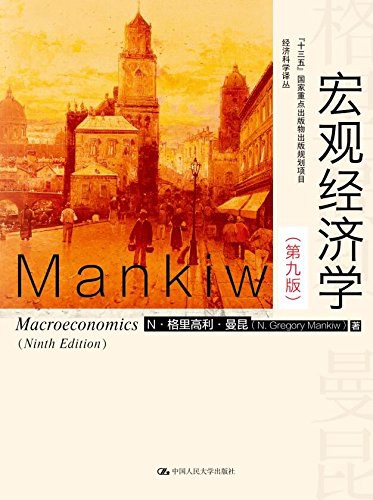


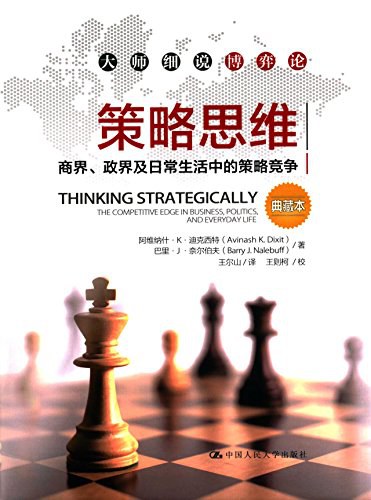
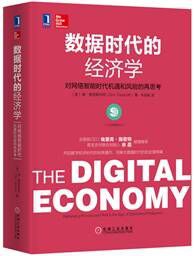
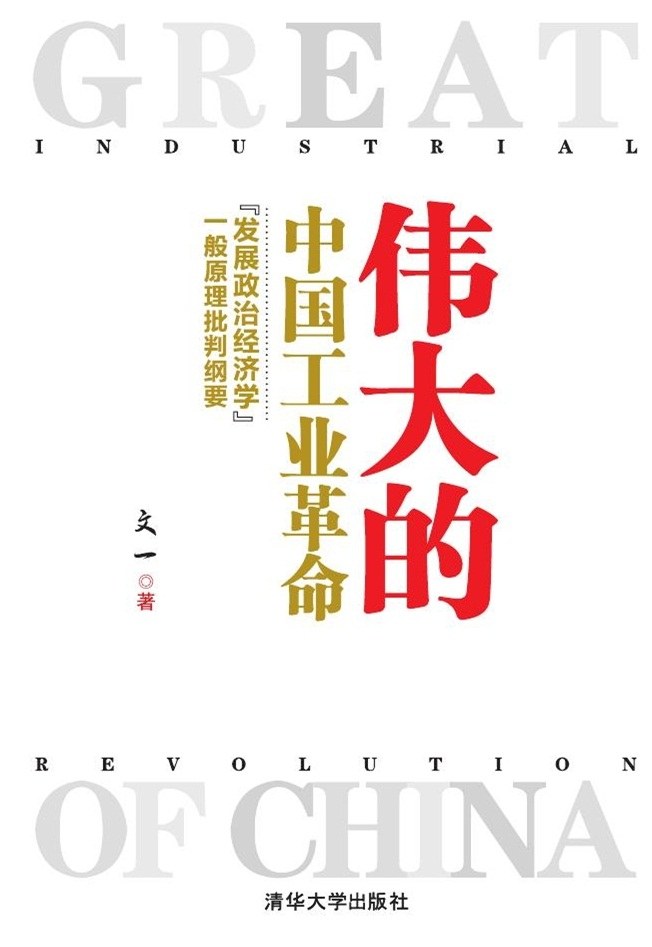
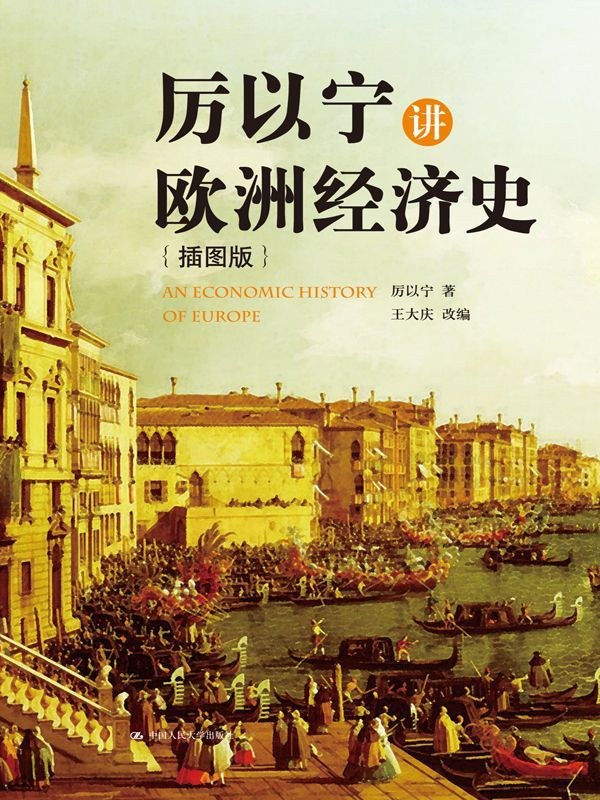

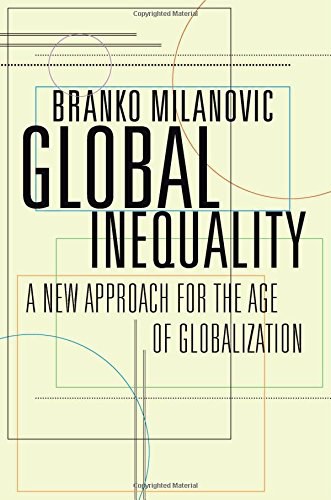
发表评价